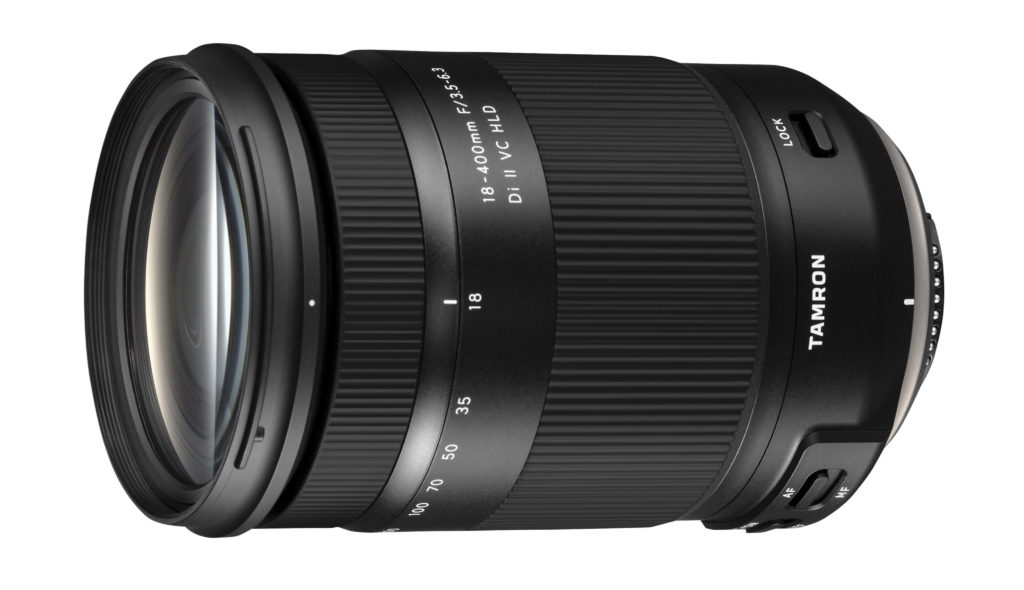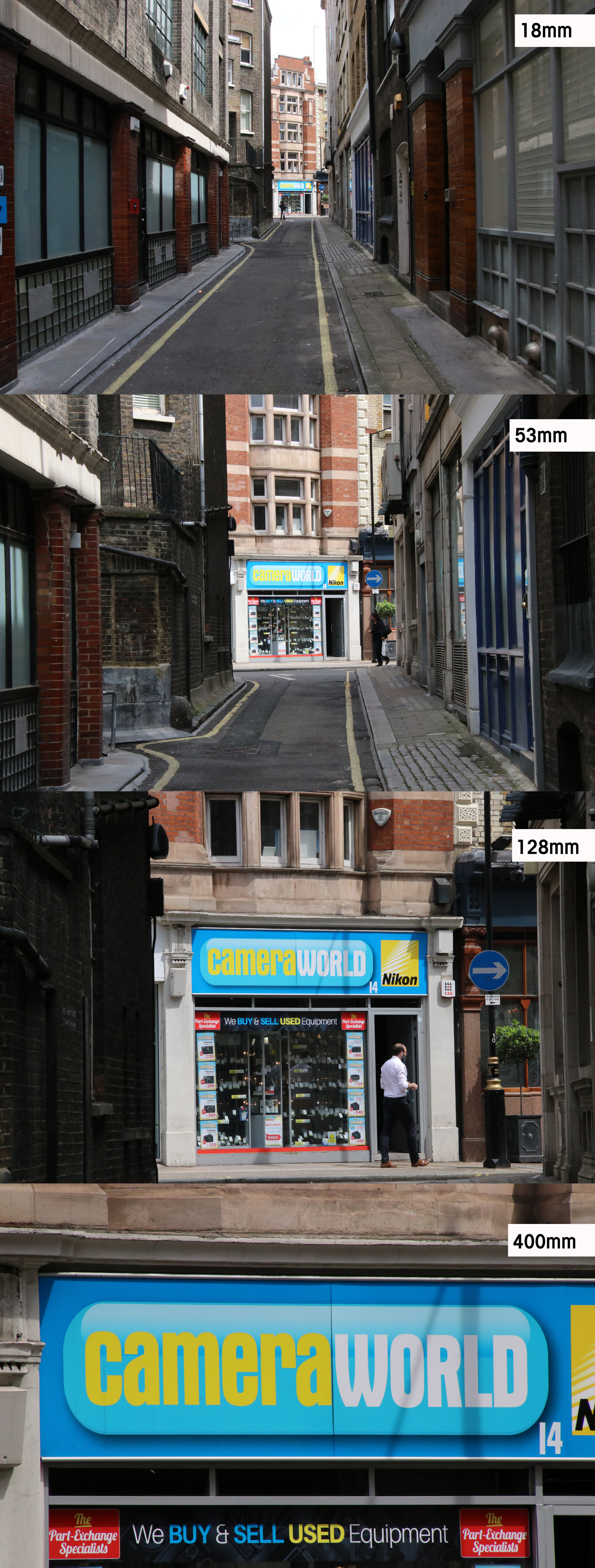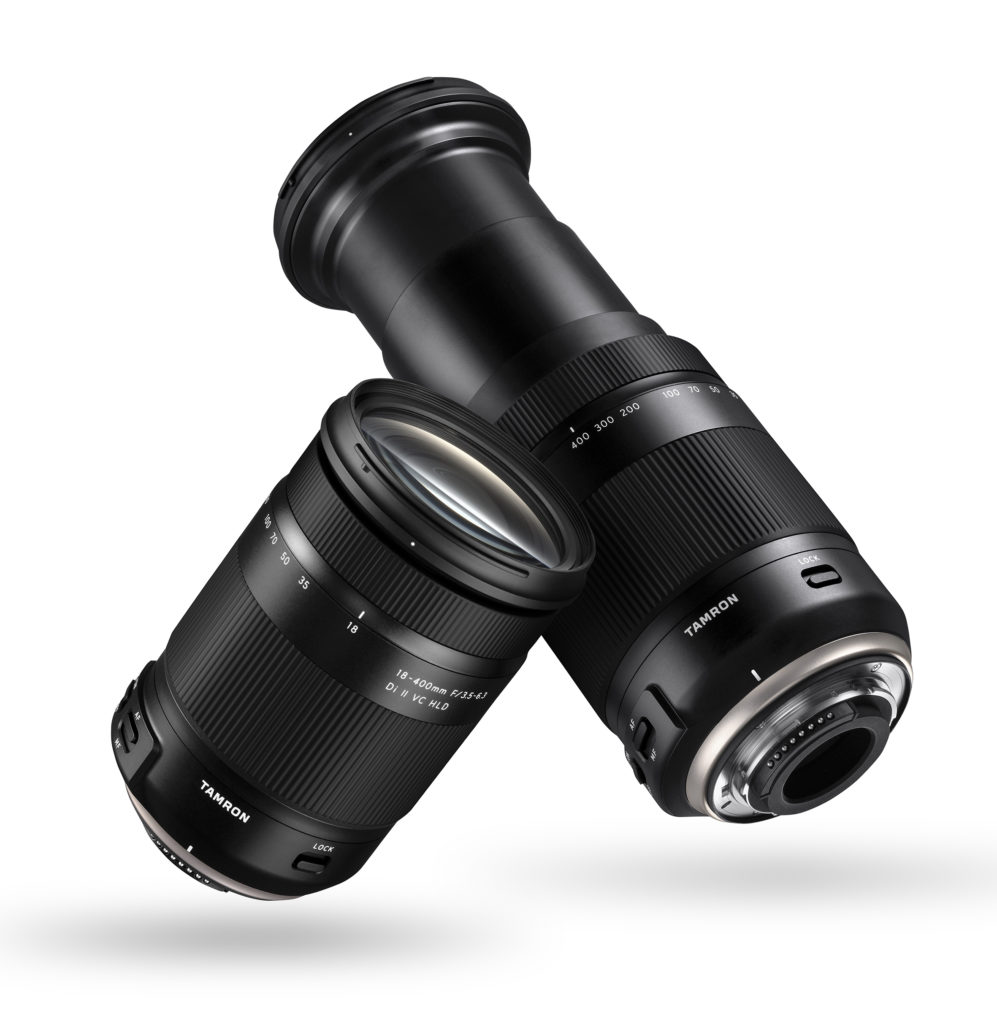This entry was posted on July 3, 2017.
On Friday 30th June, I was lucky enough to get my hands on one of the very first examples of the new Tamron 18-400mm to arrive in Europe. Granted I was only able to play with it for about 30 minutes, but it made a good impression on me.
However, before going in to the new lens, I should really nail my colours to the mast and say I am an avid fan of the Tamron superzoom range. In the past I have had the 18-200mm f3.5-6.3 XR Di II LD and the 18-270mm f3.5-6.3 Di II VC LD as well as the PZD Version. I have used these on various Canon EOS Bodies, primarily a 350D, 40D, 60D and now 80D.
The 18-270mm VC was a perfect lens for me when using it on the EOS 40D and 60D. The focusing was quick, and stabilisation was awesome and it became, rather quickly, the main stay on my cameras for when I was with my family. With a young son, the 18-270mm VC (both versions) were quick, the images were great with little or no distortion.
It quickly became the lens I wanted to sell for the many customers who were in similar situations regardless of whether they were Canon or Nikon users. Indeed, many customers have come back to me to say how good and how versatile the lens was.
It is a genuinely good all round lens. Even the larger 16-300mm which gave just a little wider and bit more telephoto was a good upgrade, but it wasn’t that big an upgrade as I was hoping, so I kept the 18-270mm.
However, when I changed my camera body to the EOS 80D, I found the stumbling block.
Canon had introduced Dual Pixel AF, and unless you were shooting landscapes, for still life images, this had an effect on the speed of the lenses – it was slower to focus. Now, I don’t know if this was intentional to push customers to getting one of the STM lenses, but it did make me question using my Tamron All In One lenses.
I looked for firmware upgrades for the lens, checked on firmware upgrades for the body – not a thing. And with a family – this was, for me, a major issue.
Most photographers will happily wax lyrical about the high end pro lenses and constant apertures which is fine…it’s not a bad thing at all. However, there are those who either don’t have the disposable funds or space to carry numerous lenses on holiday or to a school play to warrant this level. Many enthusiasts who are starting out, or indeed about to begin their travels need something that will reduce the about of space they have and get a lens that will do for 90% of their given situations. I’m not alone in this as I have a number of other lenses myself for certain situations. But I could feel myself falling out of love with Tamron knowing that my 18-270mm VC PZD was getting used less and less due to the speed of the focusing on my 80D.
Then the announcement for the 18-400mm came along.
In truth, I was genuinely sceptical about what it was going to be like and had questions over it: was the focusing better? Was it big/small? How badly did it distort, indeed, did it distort at all? Chromatic aberration? Vignetting? Was I about to fall in love again?

Those companies who were able to get their hands on a pre-production version posted their first impressions of it and a firm glimmer of hope came in to view.
Unannounced, CameraWorld had one arrive in our London store – this I had to get my hands on!
First impressions – this is a big boy of a lens. Hardly surprising considering that in it’s closed form, the Canon fit version of the 18-400mm measures a little under 24cm and weighs 710g.
My first thought was that I need to try the focusing speed on this beast – and I was not disappointed. On a Canon EOS 80D, all faith was restored – the focusing is beautifully quick and works like a dream when you need to get that finite detail at a huge distance away. This, when working alongside the ever impressive Vibration Correction, is perfect.
Now granted, when I tried this, I was standing behind the counter in our London store, looking at our Used Equipment display and heater above the door. These are mainly solid objects. So I thought that if I were to use this at home, it’s going to need to be fast with moving objects.
And again, I was not disappointed. Capturing moving cars and motorbikes in the area around our London store was smooth, precise and without any effort on my part.

Flicking the camera over to movie mode, I hit a hurdle.
With something as big as this, you are going to need to stretch your arm around the lens in order to get a full run of the zoom range. With this early production model, the zoom pull is jumpy and does make the resultant footage all the more ‘juddery’. However, even before that, the focusing is slow.
Yet this is not a movie lens, and those who want to get this focal range on a movie would do well to look at prime lenses and manually focus it – but that has always been the general rule of thumb within movie making.
Going back to stills – both in store and out of the street, I struggled and then gave up in trying to find any distortion or vignetting on the images that I was getting.
In the highest jpeg setting on the EOS 80D, the detail on screen when magnifying an image was incredible – genuinely incredible.
So, as a first impression, what did I think?
Lets start with the down side – it’s a big lens, and the movie making focusing isn’t good. It audibly hunts for the focus points and this will have a result on your footage. Nor is it good when you switch the camera to using LiveView. But please note this is not a movie lens.
On the up side – I have found the replacement for my 18-270mm VC PZD lens. This works perfectly well with my 80D. It is not as fast as the 18-135mm IS USM lens, but it is damned well close – and a hell of lot faster that it’s predecessors.The colours are vibrant, the images sharp, and the speed ideal.
Tamron have opened a can of worms in their favour. It is now time for other brands to play ‘catch-up’, although I fear that they will not be as good as this.







